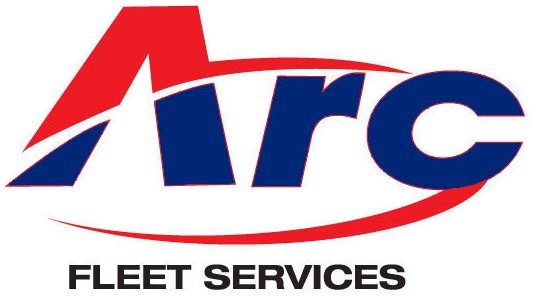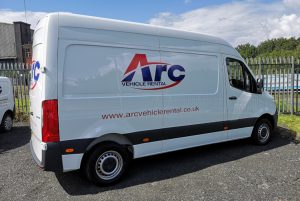[vc_row][vc_column][vc_column_text]As global concerns for environment deepen, the automotive industry is taking more steps to ensure that new cars and vans are producing cleaner emissions. For diesel vehicles, the introduction of AdBlue has been commonplace, with many manufacturers equipping their newer models with systems that use the fluid to produce less harmful emissions.
If you have recently hired one of our new diesel vehicles, you may well have noticed the presence of a smaller blue or black cap adjacent to the main fuel cap — this is for AdBlue. This product is set to play a big part in the greener future of the industry, so it is important that you know what it is and what you need to do with it.
Unfortunately, driver ignorance is behind the majority of emergency breakdown call outs linked to AdBlue .
Many diesel cars and vans built after 2015 are equipped with a Selective Catalytic Reduction (SCR) system, which uses a liquid solution of urea, called AdBlue, (also known as Diesel Exhaust Fluid or DE). This causes a chemical reaction in the exhaust system that converts harmful nitrogen oxides into harmless water and nitrogen, significantly cleaning up tailpipe emissions.
Cars and vans with this technology have a separate filler for an AdBlue tank, often next to the diesel fuel filler or in the boot or under the bonnet.
The solution is injected automatically in small quantities into the flow of exhaust gas and should not be poured into the fuel tank. If it’s poured into the fuel tank it can cause expensive damage if the engine is allowed to run.
Most diesel drivers will need to top up the AdBlue at least once between services, so it is important to keep an eye on dashboard warnings, particularly for high mileage drivers. Ad Blue can be purchased at fuel stations or other retail outlets.
How does AdBlue work?
Tiny amounts of AdBlue are injected into the flow of exhaust gasses. At high temperatures AdBlue turns into ammonia and carbon dioxide and acts as a catalyst to convert harmful nitrogen oxides to harmless nitrogen and water.
Similar technology has been used effectively for years in buses, heavy trucks and diesel trains.
What happens if your car runs out of AdBlue?
If you run out of AdBlue while you’re driving, then the engine’s power and performance will be reduced to ‘limp home’ mode to limit its emissions and once the engine has stopped, it won’t re-start until the AdBlue tank is refilled.
The car or van dashboard will provide plenty of warning that the AdBlue tank’s running low – usually with around 1500 miles supply remaining followed by an amber warning light when the tank is nearly empty.
The rate at which cars use AdBlue varies depending on the engine and how the car or van is driven.[/vc_column_text][/vc_column][/vc_row]


